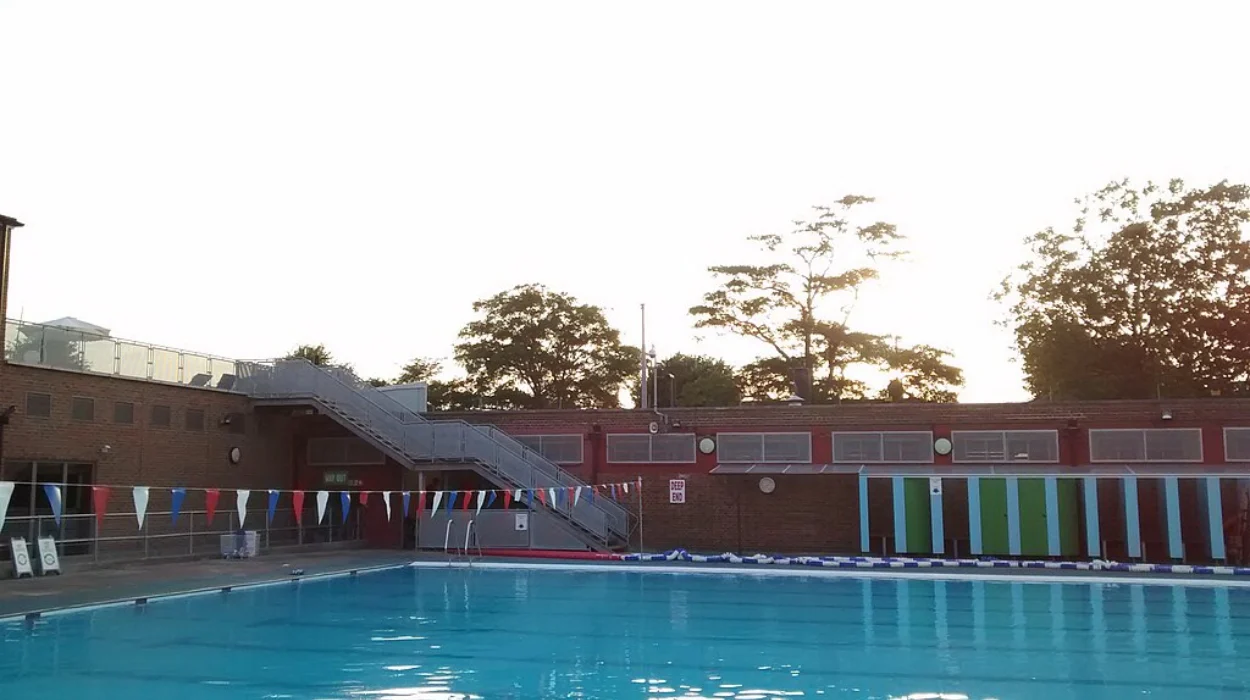Greenwich (Parliament Politics Magazine) – Plans for Greenwich leisure centre redevelopment now include 75 extra homes, but a local pub faces demolition to make way for the expanded project.
Later this year, Woolwich’s new recreational center in Greenwich will open, marking the completion of the first phase of the town center regeneration project.
The leisure center project on the southeast side of General Gordon Square was given planning clearance in 2022, but developers have since increased the number of residential units from 482 to 557 by adding 75 more residences to the designs.
The Bull Tavern and its surrounding structures on Vincent Road will also be completely demolished as a result of the modifications. CAMRA claims that the bar has been closed since 2024 and was supposed to reopen after the work was finished.
Later this year, Woolwich’s new recreational center in Greenwich will open, marking the completion of the first phase of the town center regeneration project.
The leisure center project on the southeast side of General Gordon Square was given planning clearance in 2022, but developers have since increased the number of residential units from 482 to 557 by adding 75 more residences to the designs.
The Bull Tavern and its surrounding structures on Vincent Road will also be completely demolished as a result of the modifications. CAMRA claims that the bar has been closed since 2024 and was supposed to reopen after the work was finished.
Greenwich Council, which partnered with Hill Residential in 2022 to deliver the new homes and leisure centre, announced in June that the scheme’s affordable housing provision would be increased. Only now do we know the full details.
Back in June, a council spokesperson said:
“The intended changes to the scheme include an increase in the number of affordable housing units and a change to the nature of these so that the majority will now be let to people on the council’s housing register; previously, only 30 per cent fell into this category.
To enable this, all the affordable housing will now be delivered by a registered provider (formerly known as a housing association); previously 70 per cent of the affordable housing, all in the form of shared ownership units, was to be delivered by a registered provider. This means the council will save on the cost of buying 51 units in the new scheme, but residents will still benefit from the new homes to let.
We feel this is the best option to make sure the development still delivers positively for the local community on what will be a landmark leisure development that attracts visitors, creates jobs and provides a boost to the local economy.”
Of the 188 reasonably priced apartments, 115 will have two bedrooms, 25 will have three bedrooms, and 48 will be one-bedroom flats. According to the revised plans, 102 of the project’s private properties will be put up for market sale, while 267 will now be offered as build-to-rent flats.
Some of the proposed five tower blocks have higher elevations as a result of the project’s expanded housing capacity. Two blocks have increased from 15 to 17 stories and from 9 to 14 stories, respectively, while the tallest block has gone from 18 to 20 stories. The two towers that are still standing are nine and eleven stories high, respectively.
In planning documents, Hill Residential said:
“The need to amend the residential phases of the approved scheme to respond to these matters has also presented an opportunity to better optimise the site to deliver additional homes, refine the design and architectural detailing, and improve public open space and landscaping.”
How does the housing change affect the overall regeneration strategy?
Increasing housing units strengthens the core aim of housing-led regeneration, which focuses on providing quality, affordable homes as the foundation for revitalizing urban areas. This helps address local housing needs while catalyzing broader economic and social renewal.
The inclusion of more homes, even at the expense of some non-housing amenities, reflects a strategy emphasizing the optimal use of limited urban land, especially brownfield sites, to deliver housing and community benefits simultaneously.
Integrating leisure, community, shops, and housing creates more vibrant, sustainable places where residents have access to facilities and amenities close by, enhancing quality of life and social cohesion.


